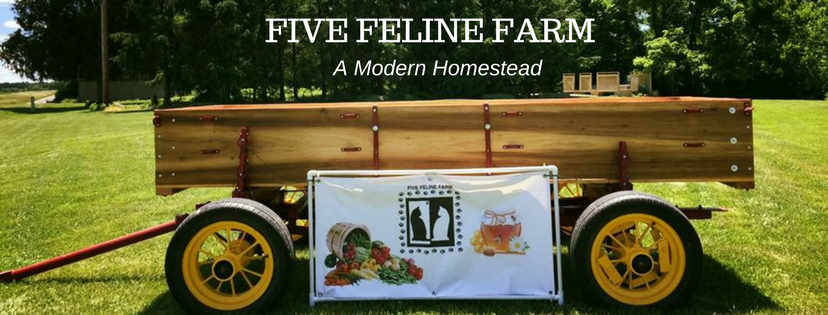Five Feline Farm is planning a garden area on the south end of the property to showcase new crops as well as heritage varieties of familiar crops. In time, a garden shed, marked pathways and dedicated plant beds will be added. Visitors can expect to see this area expand and develop over the next two to three years. Each new variety will be planted in the most sustainable method available.
The central feature for 2014 will be a Three Sisters companion planting. You may recall this referred to in the last post. Three Sisters is an ancient method of companion planting corn, beans and squash. Some accounts or legends associated withThree Sisters suggest this is the method that was taught to the English settlers by the Native Americans. Each plant benefits the other. The products harvested then support a balanced diet for the gardener.
Varieties for the Three Sisters area at Five Feline Farm have been sourced from Native Seeds. Each reflects an ancient culture and are open pollinated.
Three Sisters begins with corn. The sturdy stalks provide a natural pole for the beans to climb. We will use two varieties of corn: Hopi Greasy Head and Mayo Tuxpeño. Both of these are “dent” corns to be dried and ground into cornmeal.
Pole beans are the second sister of the trio. Beans collect nitrogen from the air and impart it to the soil. Nitrogen is a critical nutrient for healthy corn development. In keeping with the Native American theme, Hopi Black Pinto beans are the variety of choice for this planting at the Farm. These beans can be picked and eaten green but also allowed to ripen and dry for long term storage.
The final sister in the planting is squash. We will be using Yellow Crookneck. The large leaves of squash vines shade the ground under the group acting as living mulch to conserve moisture and block weeds.
The Three Sisters are planted in a slight mound with a flattened top. The mound is approximately one foot high and four feet or so in diameter. Corn is started first and allowed to grow to about twelve inches before the beans are started. One week after beans, squash is planted.
Meanwhile as we dream of weather warm enough to start Three Sisters, early seed starting is beginning in the basement. Marigolds, heirloom tomatoes ranging from Cherokee Purple to Roma, peppers, tobacco and herbs will be poking through the germinating mix soon.
As you can see, planning for the growing season, dreaming of warmer weather and starting the garden plants indoors is how we address the winter doldrums here at Five Feline Farm. Post a comment to let us know how you are coping with the cold winter.
Don’t forget to watch the website for an opportunity to sign up for our newsletter for exclusive subscriber content about life at Five Feline Farm. Target release date is January 31, 2014.












